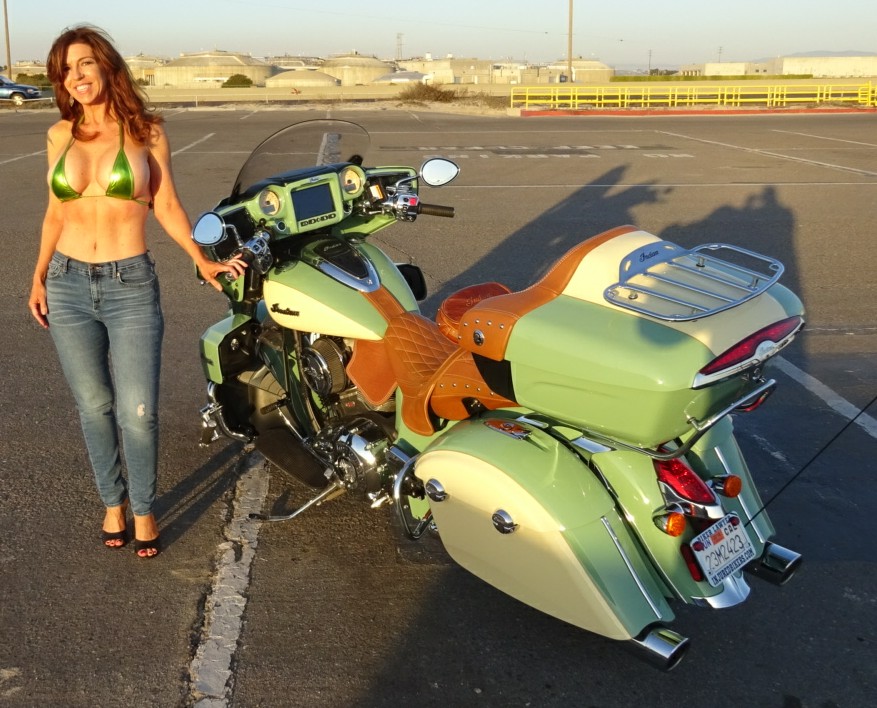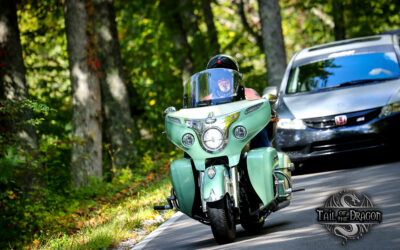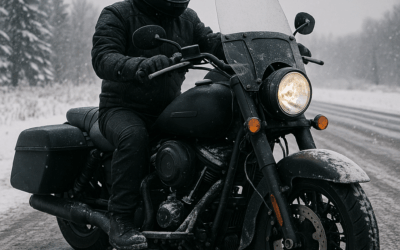By Biker Lawyer Norman Gregory Fernandez | www.BikerLawBlog.com
As summer temperatures soar, motorcycle riders across the country face a challenge that can turn a thrilling ride into a dangerous one—extreme heat. As a seasoned rider and personal injury attorney, I’ve seen firsthand how heat can impact motorcyclists physically and mentally. Riding through high temperatures isn’t just uncomfortable—it can be deadly if you’re not prepared.
In this article, I’ll break down what you need to know about riding in scorching summer heat, from what to wear to how to avoid heat exhaustion or even heatstroke on your ride.
The Real Dangers of Riding in High Heat
When temperatures climb into the 90s or even the triple digits, your body starts working overtime to stay cool. Add a full-face helmet, long pants, boots, and gloves—and now you’re basically riding in a personal oven.
What makes it worse is that on a motorcycle, you’re directly exposed to the sun and hot wind. High heat can lead to:
-
Dehydration
-
Fatigue
-
Impaired judgment
-
Heat exhaustion
-
Heatstroke — a true medical emergency
And when you’re riding at 65+ mph, the last thing you want is to become dizzy, confused, or weak. That’s why preparation is everything.
My Personal Wake-Up Call: A Heatstroke in Needles, California
Let me tell you something that hits close to home.
I personally suffered heatstroke while riding through Needles, California, one summer. The temperature was well over 100 degrees, and I thought I could tough it out, like so many riders do. But the heat got the better of me. My body started shutting down. I was sweating profusely, became disoriented, and started to feel faint.
I had to pull over at a Denny’s in Needles and rest for a couple of hours just to rehydrate and recover. If I hadn’t stopped when I did—especially before hitting the desolate desert stretch beyond Needles—it could have ended very badly.
That experience taught me a lesson I’ll never forget: no matter how tough or experienced you are, nature will humble you fast if you’re not prepared.
What to Wear: Hot Weather Riding Gear That Works
1. Mesh or Vented Motorcycle Jacket
Many new riders make the mistake of ditching jackets entirely in the heat. But going without a jacket means exposing your skin to direct sun and increasing the risk of dehydration and burns—not to mention the lack of protection in a crash.
Instead, go with a ventilated or mesh riding jacket. Modern mesh jackets offer abrasion protection with armor and allow for airflow to keep your core temperature down. Look for light-colored options to reflect sunlight.
2. Base Layers That Wick Moisture
Wear a moisture-wicking base layer under your gear. These are designed to pull sweat away from your body, keeping you cooler and drier. Avoid cotton—it traps sweat and can make you feel hotter.
3. Vented Gloves
Your hands need protection, too. Vented gloves made of breathable materials protect you in case of a fall without overheating your hands.
4. Proper Pants
Skip the shorts. Always wear pants made for motorcycling—look for mesh, vented, or lightweight textile pants. Jeans offer minimal protection and no ventilation.
5. Helmet with Ventilation
Full-face helmets are still the safest, even in the heat. Choose a helmet with multiple vents, and keep them open while riding. You might also consider a modular helmet that lets you lift the chin bar when stopped.
6. Cooling Neck Wraps or Bandanas
A cooling wrap soaked in cold water, placed around your neck, can help regulate your body temperature. It’s a small trick that makes a big difference.
Hydration: The Most Important Strategy
If you’re not drinking water every 30–60 minutes during a hot ride, you’re asking for trouble.
-
Hydrate before your ride: Don’t start already dehydrated.
-
Use a hydration pack (CamelBak-style): This allows you to sip water through a tube while riding without stopping.
-
Avoid alcohol or caffeine: Both contribute to dehydration.
-
Consider electrolyte tablets or drinks: You lose salt and minerals when sweating, so replenish them on longer rides.
Plan Smart: Timing and Route
Ride early or late in the day. Avoid the afternoon heat between 12 p.m. and 4 p.m. If you must ride during peak heat hours, take frequent breaks in the shade or air conditioning.
Map out fuel and hydration stops. Don’t assume you’ll find a place to cool off every 20 miles—know your route and plan accordingly.
Recognizing the Signs of Heat Exhaustion or Stroke
Heat-related illnesses sneak up fast, especially when you’re focused on riding. Know the warning signs:
Heat Exhaustion Symptoms:
-
Heavy sweating
-
Weakness or fatigue
-
Dizziness
-
Headache
-
Nausea
-
Muscle cramps
Heatstroke Symptoms (Medical Emergency):
-
Hot, dry skin (no sweating)
-
Confusion
-
Disorientation
-
High body temperature
-
Loss of consciousness
If you experience these symptoms, get off the road immediately. Find shade or air conditioning. Remove extra gear, hydrate, and cool down with wet towels. In extreme cases, seek emergency medical help.
Maintenance Matters Too
Extreme heat doesn’t just affect you—it affects your bike.
-
Check tire pressure often, as heat can increase pressure and risk blowouts.
-
Keep an eye on coolant levels if you have a liquid-cooled bike.
-
Oil levels and battery should be checked before long hot rides.
My Final Thoughts
Riding in extreme summer heat can still be safe and enjoyable—if you’re smart about it. The key is preparation, hydration, and having the right gear. Your safety and well-being are far more important than appearing “tough” by riding unprotected.
As a biker and an attorney, I can tell you I’ve represented too many riders who didn’t take proper precautions. Don’t let heat beat you—ride smart, gear up, hydrate, and plan well.
Ride safe out there, brothers and sisters.
– Norman Gregory Fernandez
Biker Lawyer
www.BikerLawBlog.com
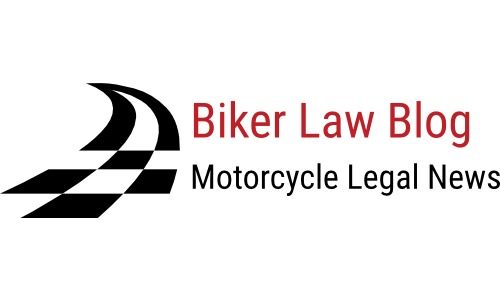



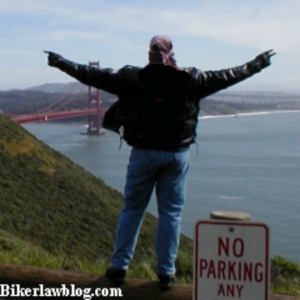

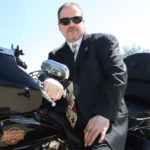 Welcome, my name is
Welcome, my name is 